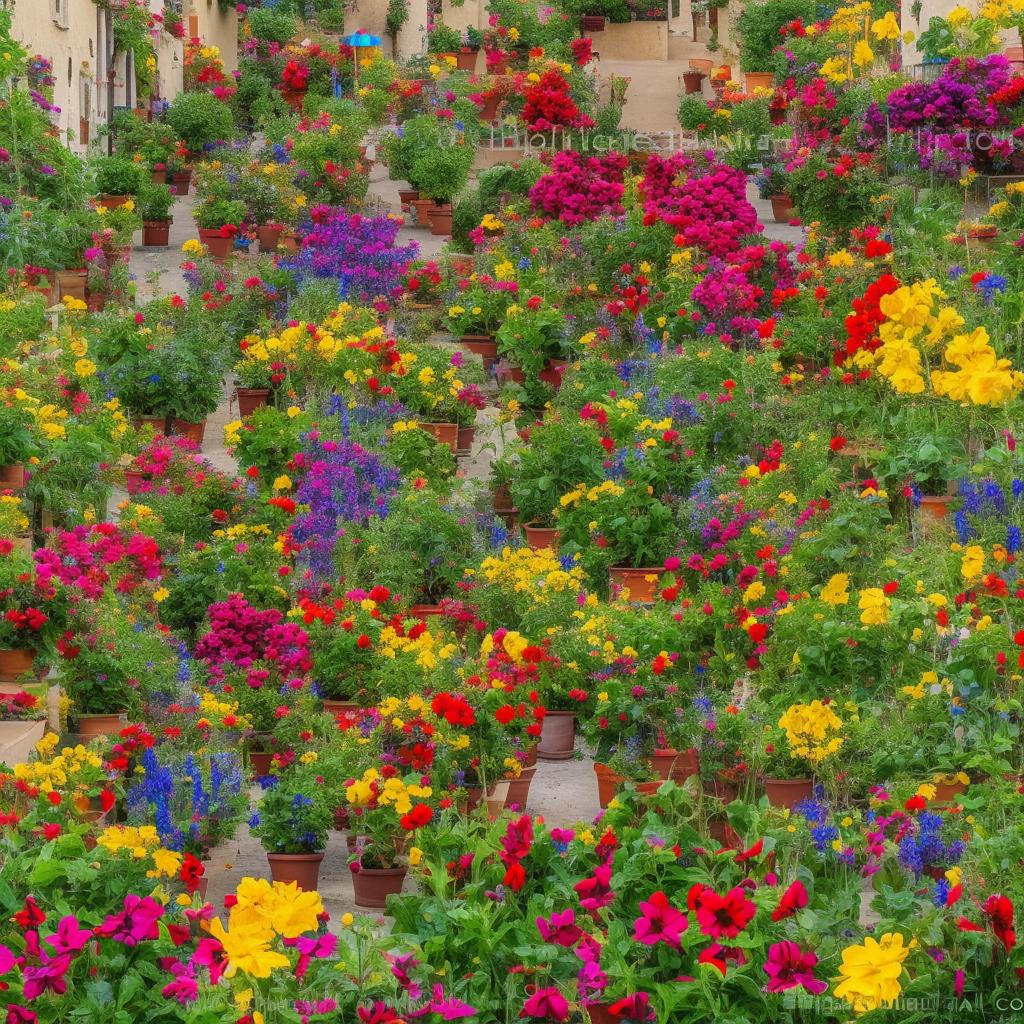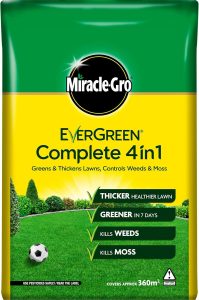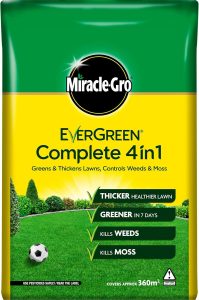In a world where our culinary creations are becoming increasingly artistic and Instagram-worthy, incorporating edible flowers into your garden and cuisine is a trend that is blooming with possibilities. From adding a pop of color to your salads to infusing delicate floral flavors into your dishes, these edible blossoms are a feast for the eyes and the taste buds. Join us as we explore the magical world of edible flowers and discover how you can elevate your garden and cuisine to a whole new level of beauty and flavor.
What are Edible Flowers?
Have you ever considered adding a touch of elegance and whimsy to your garden and cuisine by incorporating edible flowers? These beautiful blooms not only add visual appeal to dishes but also provide unique flavors and nutrients. From delicate pansies to vibrant nasturtiums, there are a variety of edible flowers that can be easily grown in your garden and used in culinary creations.
When it comes to using edible flowers in your cooking, the possibilities are endless. You can sprinkle petals over salads for a pop of color, infuse them into syrups or vinegars for a floral twist, or even freeze them in ice cubes for a decorative touch to drinks. Some popular edible flowers to consider planting in your garden include lavender, borage, and calendula. Experiment with different combinations to create stunning dishes that not only delight the eyes but also the taste buds.
Benefits of Growing Edible Flowers in Your Garden
Adding edible flowers to your garden not only adds beauty and color to your outdoor space but also brings a host of benefits to your culinary creations. Imagine plucking fresh blooms straight from your garden to garnish salads, desserts, and drinks! Edible flowers are not only visually appealing but also provide unique flavors and nutrients to elevate your dishes to the next level.
By incorporating edible flowers into your garden and cuisine, you can enjoy a range of benefits, including:
- Enhanced Flavor: Edible flowers add a pop of flavor to your dishes, ranging from sweet to savory notes.
- Visual Appeal: The vibrant colors of edible flowers can make your dishes visually appealing and Instagram-worthy.
- Nutritional Value: Many edible flowers are packed with vitamins, minerals, and antioxidants, adding a nutritional boost to your meals.
- Sustainability: Growing your own edible flowers reduces the carbon footprint associated with store-bought produce.
Delicious Ways to Incorporate Edible Flowers into Your Cooking
There are so many , adding a beautiful and unique touch to your dishes. Edible flowers not only bring a pop of color to your plate but also offer different flavors and aromas that can enhance your recipes. From salads to desserts, there are countless ways to experiment with these floral ingredients.
Some popular ways to incorporate edible flowers into your cooking include:
- Adding floral petals to salads for a fresh and vibrant touch
- Infusing flowers in syrups or honey to create floral-scented sweeteners
- Using edible flowers as a garnish for cakes, cupcakes, or other desserts
| Rose Petals | Subtle floral flavor, great for desserts |
| Lavender | Earthy and aromatic, perfect for teas and cocktails |
| Nasturtiums | Peppery and slightly spicy, ideal for salads and savory dishes |
Concluding Remarks
As you embark on the journey of incorporating edible flowers into your garden and cuisine, remember to experiment, have fun, and savor each colorful and flavorful bloom. Whether you’re adding a pop of beauty to your dishes or enhancing the biodiversity of your garden, edible flowers offer a unique opportunity to engage all of your senses in the culinary experience. So go ahead, let your creativity bloom and enjoy the endless possibilities that edible flowers have to offer. Happy gardening and bon appétit!




